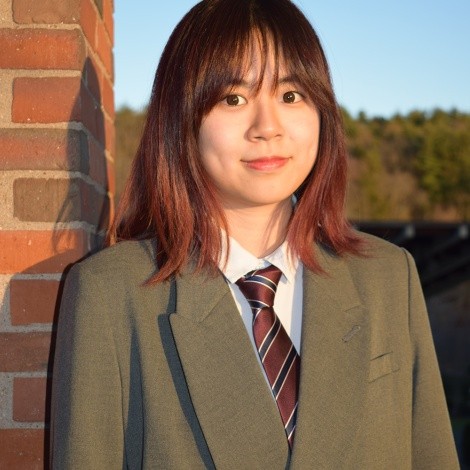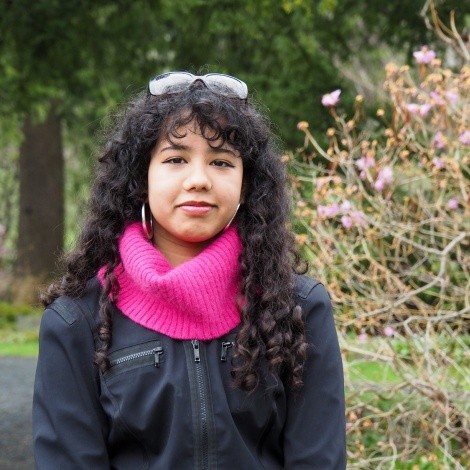Computer Science Research
Faculty Research
Computer Science majors, especially those planning to go on to graduate school, typically do an undergraduate research project, usually at the honors level. Our faculty are committed to involving students in their active research programs.
Lisa Ballesteros
Lisa Ballesteros specializes in research in the area of Cross-language Information Retrieval, working to develop technology that will enable us to build systems that allow a person to query in one language (e.g. English) and retrieve relevant documents in other languages (e.g., Spanish). The most recent approach results in very effective cross-language retrieval using translation via a machine readable dictionary and statistical techniques for reducing the effects of translation ambiguity. The statistical techniques are based on analysis of word co-occurrence in text.
Barbara Lerner
Barbara Lerner’s area of research lies within software engineering and software design. Software engineering focuses on issues of scale: how to build large pieces of software, requiring multiple people working together, resulting in software that is correct, reliable and efficient, and doing so while staying within an organization's schedule and budget. Barbara Lerner's research investigates two subareas of software engineering: software process and software design.
A software process defines how multiple people and tools cooperate to achieve a task. Besides software engineering applications, software processes can be used in diverse fields, such as describing medical tasks involving the cooperations of doctors, nurses, technicians, pharmacists and others in carrying out a procedure such as chemotherapy for a patient. Other applications of software processes are in negotiation and arbitration, online auctions and scientific workflow.
Barbara also studies software design, the phase of software development that bridges the gap between software requirements, what a client wants software to do, and programming. She is particularly interested in developing tools and techniques that ensure that a design is correctly transformed into code.
James McCauley
James McCauley researches in the broad areas of computer systems and networks, typically working to make systems and protocols simpler, more reliable, more scalable, or more flexible. This means asking (and answering!) questions like, "How can we continue to accommodate the incredible growth of the Internet while expanding the capabilities it supports?" and "What should an operating system look like if every program takes only milliseconds to complete?" Beyond these primary research areas, he enjoys being involved in projects involving computer imaging or programming languages.
Heather Pon-Barry
Heather Pon-Barry's research is at the intersection of spoken language processing and human-robot interaction. She directs the Interactive Computing Research Lab where she and students are enabling humanoid and service robots to engage human users in conversational dialogue. She develops algorithms to automatically find patterns in speech data, for example, to recognize affect and emotion and explores how these methods can inform the design of intelligent, adaptive human-robot interactions. Pon-Barry also works on activities to broaden participation in computer science, including the development of an inclusive academic peer mentorship program.
Audrey St. John
Audrey St. John’s research interests lie in computational geometry, seeking to construct efficient algorithms for problems with a geometric component (e.g., anything with coordinates). Audrey St. John's particular focus is in an area called "Rigidity Theory" which focuses on theoretical and computational analyses of objects to understand their rigidity or flexibility. She is particularly motivated by applications stemming from robotics, biology and CAD (Computer Aided Design)seeking answers to questions like: Can we control a swarm of robots to collaboratively move an object? Can we give insight into a protein's flexibility and motion, providing an aid to drug design? Can we help the engineer to know when a design is completely rigid (e.g., guaranteeing a structure will be stable)?
Yun-Hsuan (Melody) Su
Melody Su's research in medical robotics focuses on building a perception augmentation software framework for deformable object manipulation in telerobotics. This approach constructs estimated kinesthetic information from evaluated visual input to preserves multiple sensory (vision and force) pathways innate to human perception. When both vision and force sensors are available, the built-in partial redundancies or inferences between perceptual channels can be used both to detect and recover from compromised operator feedback. Rooted in the concept of perception complementarities, the backup perceptual transmission pathways will catalyze advances in perception robustness and cybersecurity for telerobotic systems, which will help humans stay connected and complete remote tasks through intelligent touch estimation.


